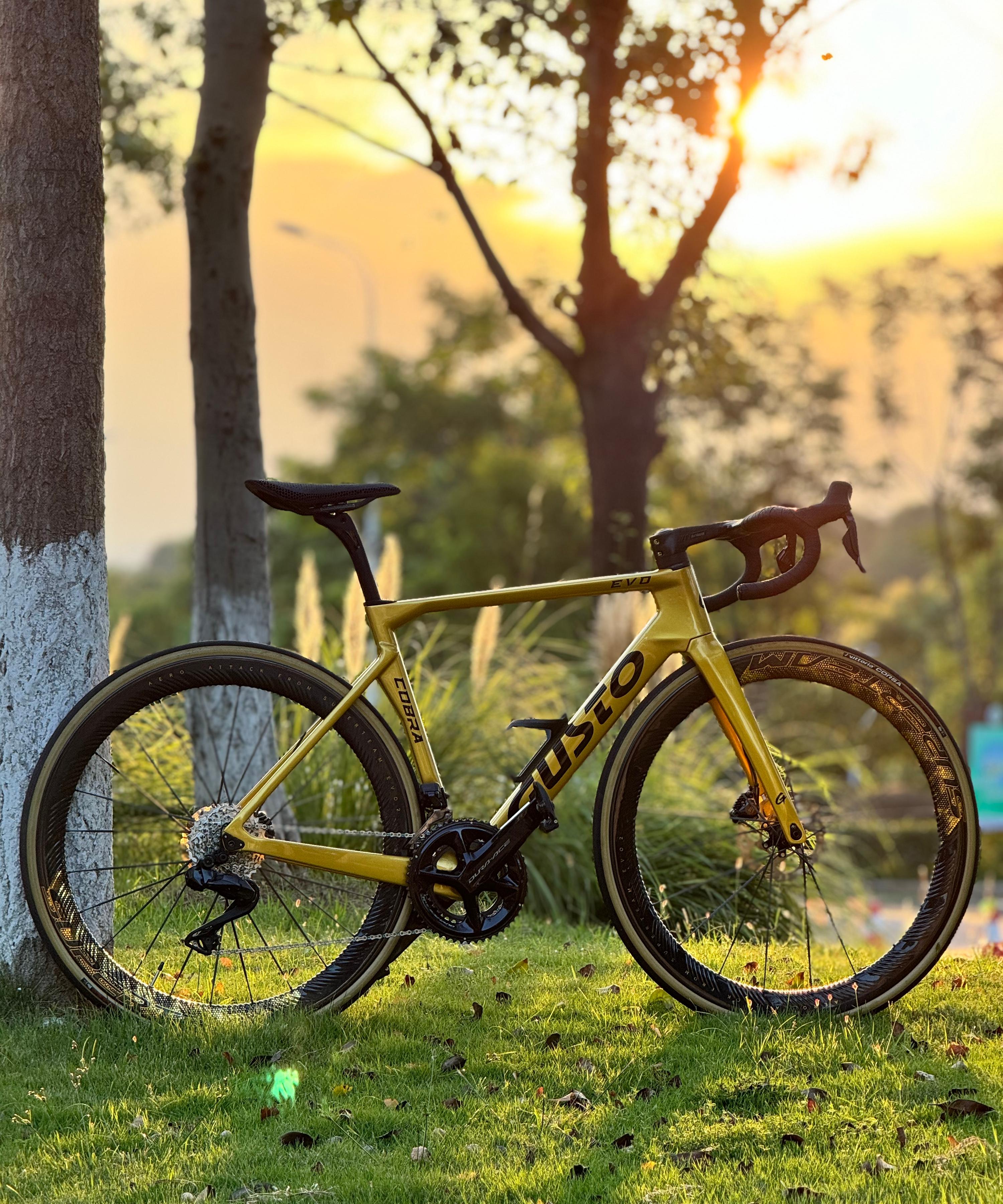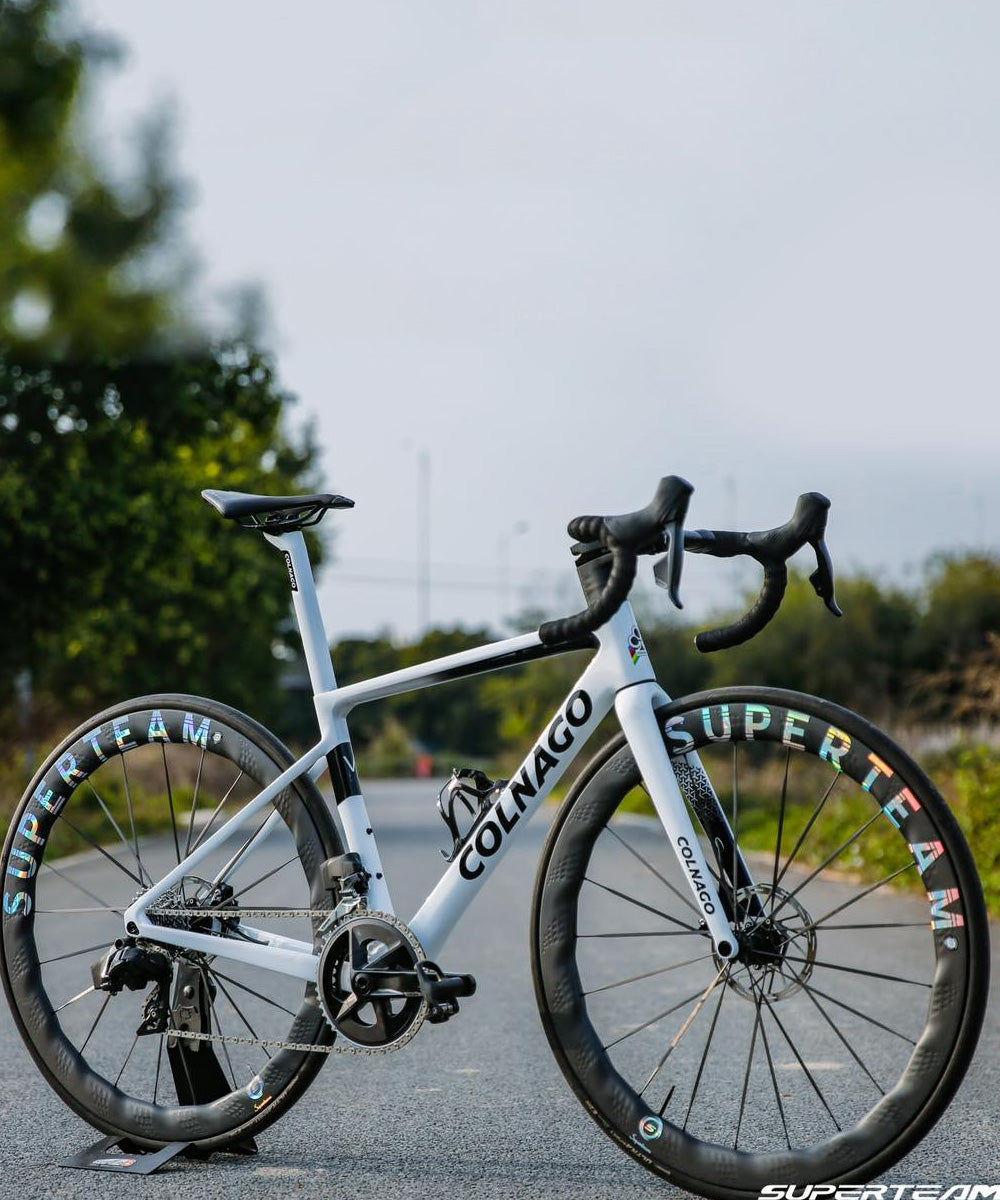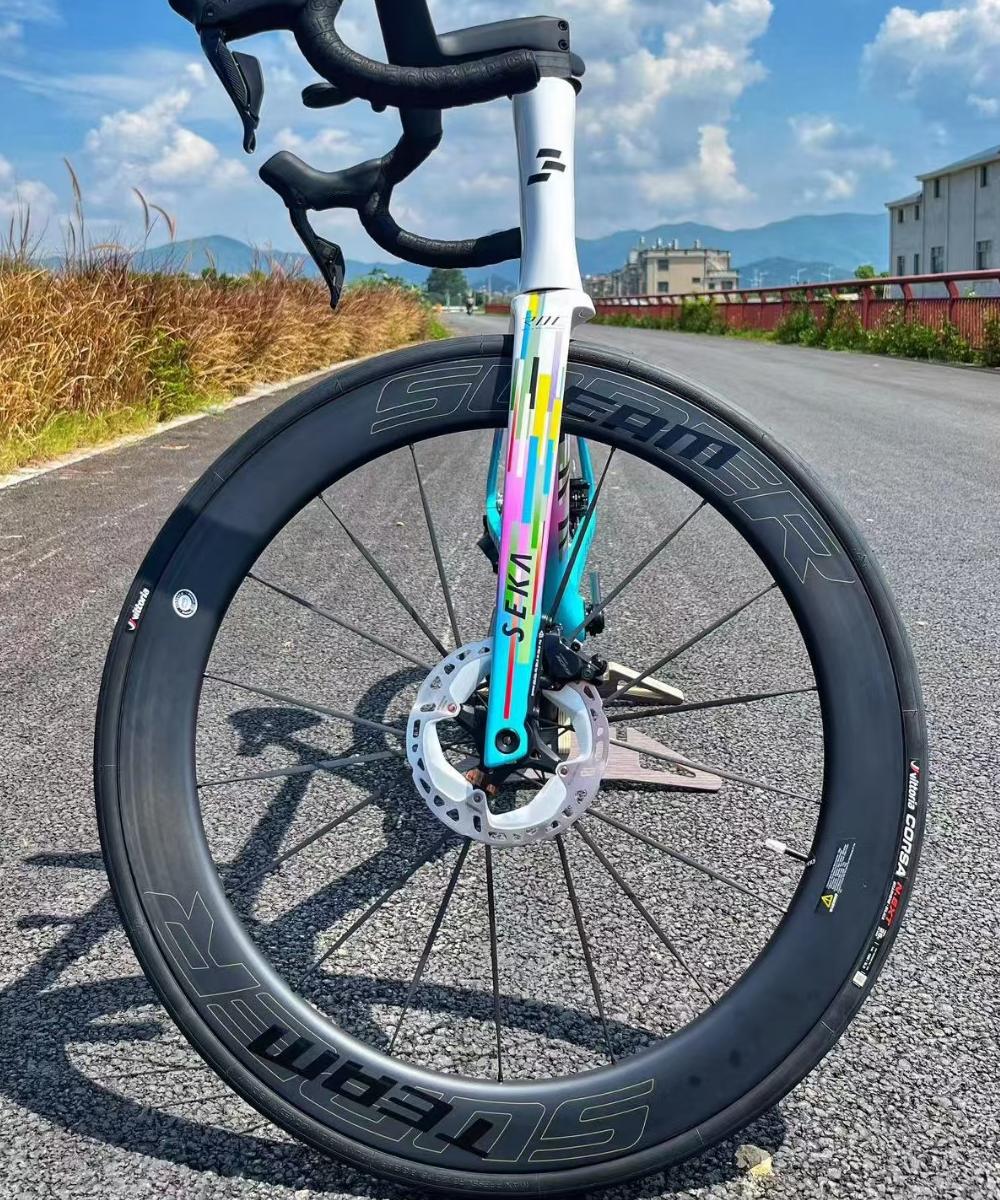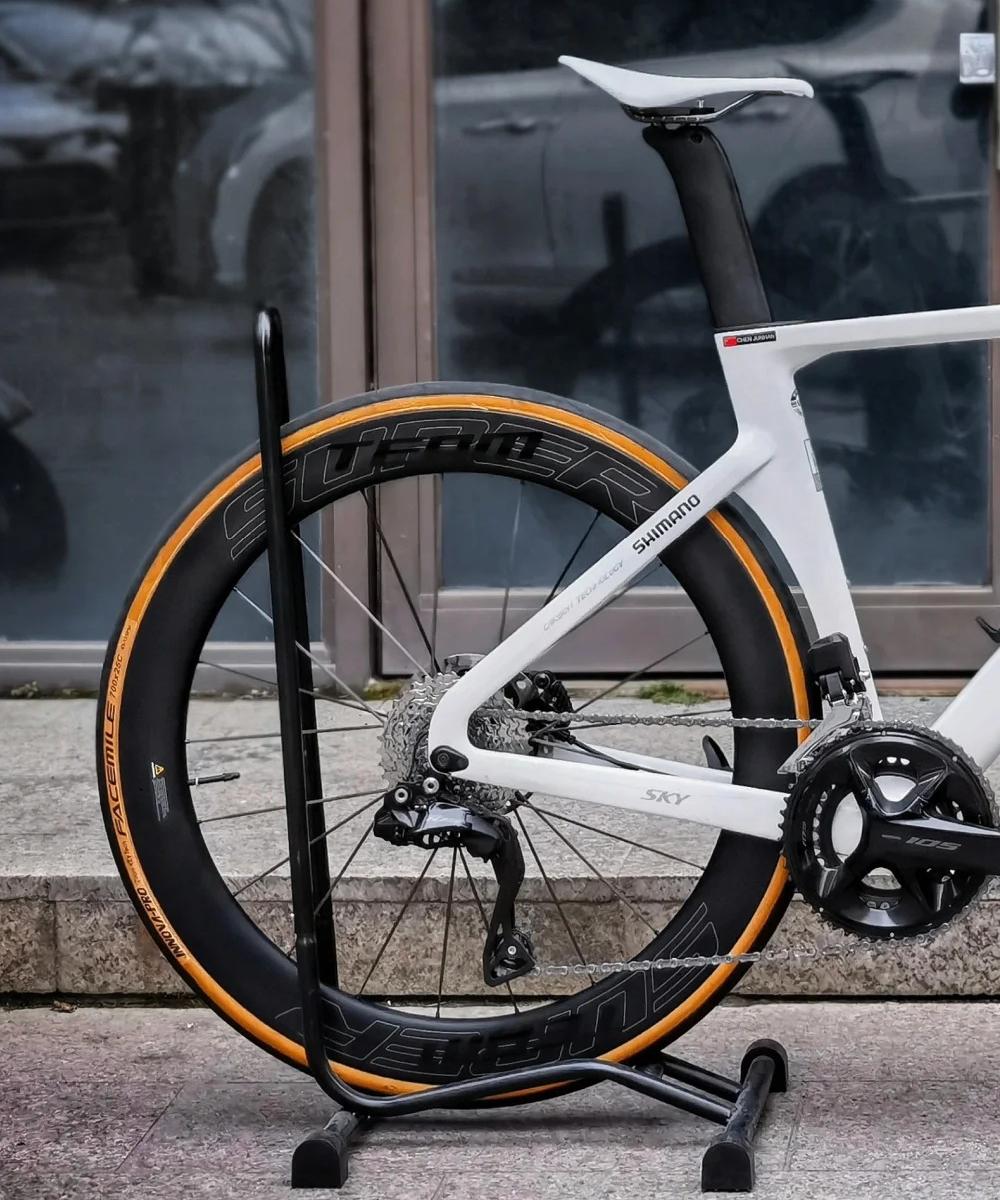How Rim Shape Influences Aerodynamics and Cornering Control
Rim shape is a critical factor in both aerodynamics and handling, and its impact becomes especially noticeable on gravel or mixed-surface riding. The profile of a rim—not just its depth or width—affects airflow around the wheel, stability in crosswinds, and the way a bike responds in corners. Understanding these effects helps riders make informed choices for performance and control.
Aerodynamically, deeper or more rounded rims reduce drag at higher speeds, allowing riders to maintain momentum on flat sections or descents. The curvature of the rim affects how air flows around both the wheel and the tire, influencing turbulence and overall resistance. Shallow rims tend to create less lift in crosswinds, which can improve stability but may sacrifice some aerodynamic efficiency. Conversely, aggressively shaped or deep-section rims may improve straight-line speed but require careful handling in gusty conditions.
Rim shape also directly impacts cornering control. Wider, more rounded rims support the tire more effectively, creating a flatter contact patch that improves grip and reduces sidewall squirm when leaning into turns. Narrower or more angular rims may allow the tire to deform excessively under lateral forces, reducing predictability and confidence in technical corners. The combination of rim width, depth, and sidewall contour determines how the bike balances between responsive handling and stability.
Crosswinds amplify the importance of rim shape. A well-designed rim channels air efficiently while minimizing the moment created by side gusts. On gravel roads, where riders frequently encounter open fields or exposed descents, this stability can be crucial for maintaining control and preventing sudden steering inputs that compromise traction.
Ultimately, rim shape is a compromise between aerodynamic efficiency and cornering predictability. Riders prioritizing speed on mixed terrain must consider both factors, selecting rims that offer low drag without sacrificing the stability needed for loose gravel or sharp turns. Properly matched tires, pressure, and rim geometry ensure that aerodynamic gains do not come at the expense of confidence and control on challenging surfaces.




